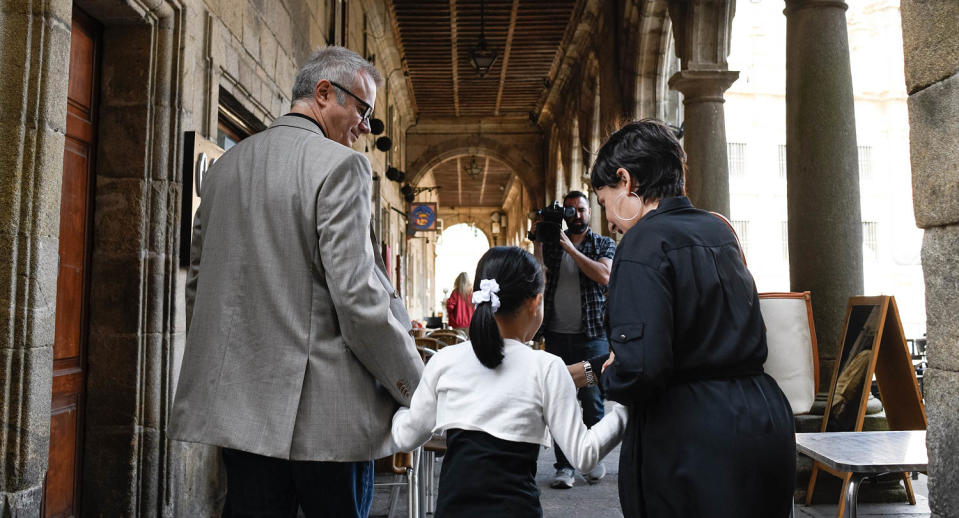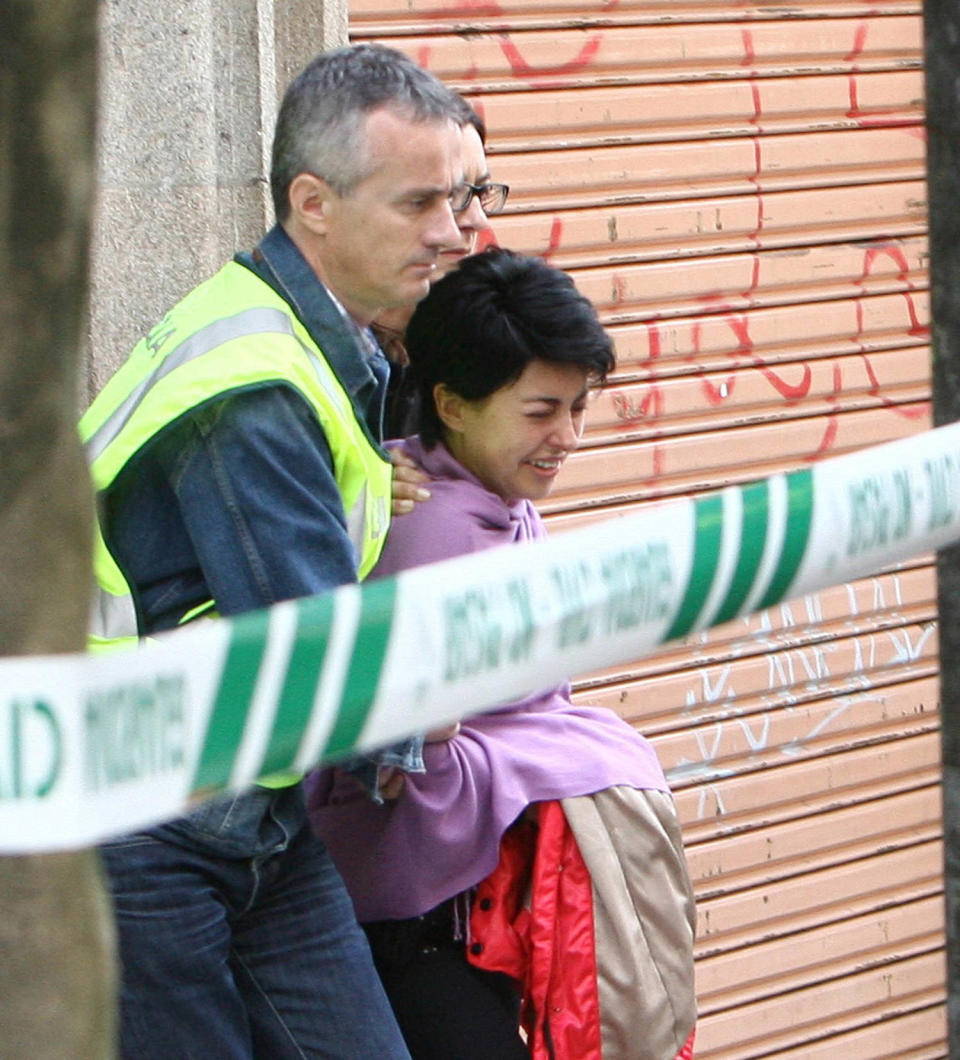‘The Asunta Case’ true story: The real events behind Netflix’s true crime show
The story at the center of Netflix’s latest true crime drama, “The Asunta Case,” is captivating, horrifying and real. Released on April 26, the miniseries follows the case of a 12-year-old Chinese-born girl, Asunta Fong Yang, whose adoptive Spanish parents reported her missing in 2013. Shortly after, her body was discovered on the side of a countryside road. Investigators soon directed their focus toward Asunta’s parents as suspects.
Though some aspects of the case may forever remain a mystery, here is what we know about what happened to Asunta in real life.
Who were Asunta’s adoptive parents?
The case at the heart of the six-episode miniseries involved Asunta Fong Yang, the adopted daughter of a couple from the city of Santiago de Compostela in northern Spain. Rosario Porto, her adoptive mother, was a lawyer from Santiago. Her husband, Alfonso Basterra, was a freelance journalist from the Basque country.
Their family was upper-middle class — Porto’s father had served as honorary consul for France and her mother was an art historian at the University of Santiago, according to The Guardian. During their trial, almost all of the witnesses described Porto and Basterra as model parents.
Although adopting a child from China was still unusual in Spain at the time, would-be parents were facing a decreasing birth rate and strict adoption laws, making adopting children from overseas an attractive and relatively easy option. According to The Guardian, Spain ranked second in the world for foreign adoptions in 2004 — the year after Porto and Basterra adopted Asunta.
Early in 2013, Porto and Basterra divorced. That June, Porto experienced an acute nervous breakdown that left her hospitalized. Both of her parents had passed away within the two years prior.
Police sources confirmed to Spanish newspaper El Correo de Gallego that after Asunta’s death, the Civil Guard considered opening a parallel investigation into the deaths of Porto’s parents. Her parents were old, but neither had serious illnesses when they passed, and they were cremated without autopsy.
Their deaths had left Porto with an inheritance valued at €1.2 million in real estate alone, according to El Correo de Gallego. La Voz de Galicia, a Spanish newspaper based in the region where Santiago is located, reported that Porto had compelled her contacts in the court system to expedite the process of cremating them as quickly as possible.

What happened to Asunta Fong Yang?
Forensic scientists who tested Asunta’s blood, urine and hair after her death found toxic amounts of the sedative drug lorazepam that suggested she had been ingesting it for around three months before her death, The Guardian reported.
During the trial, prosecutors revealed that Basterra had obtained over 170 Orfidal (or lorazepam) pills over 10 weeks, and neither he nor Porto could explain why there were 27 pills’ worth of lorazepam in Asunta’s body on the day she died, The Guardian also reported. Orfidal pills are often taken to treat anxiety due to their calming effect.
During the investigation, a witness testified that Asunta once told her music teachers, “My mother is trying to kill me.”
After their arrests, Porto was recorded in the police holding cell saying to her ex-husband, “Look what trouble your overheated imagination has got us into,” according to The Guardian. The recordings, however, were declared inadmissible by a court.
Another aspect of the case that the Netflix series touches on involved Basterra’s computer. La Voz de Galicia reported that it was not at his apartment when police initially inspected it, but Basterra said it had not been moved. When the computer was obtained, an agent testified that more 500,000 files “had been deleted, including videos and images of a sexual nature,” according to La Voz de Galicia.
At trial, the jury eventually found Porto and Basterra guilty of murdering Asunta. The jury accepted the reasoning that a friend of Asunta saw Basterra with her on the day of her death, and he may have hidden in the backseat of the car while Porto drove Asunta to their country house, The Gaurdian reported. There, the prosecutor theorized, they smothered her together and dumped her body on the side of the road.

What happened to Rosario Porto and Alfonso Basterra?
Porto was arrested at Asunta’s funeral, according to The Guardian. A CCTV camera at a gas station near their apartment showed Porto driving down the road with a girl at a time when Porto had previously said Asunta was at home, the outlet reported.
When told about the cameras, both Porto and Basterra changed their stories regarding when they last saw Asunta, The Guardian reported. Porto said the passenger in the car was her daughter and that they had briefly gone to the country house in Teo. Porto said Asunta wanted to leave, so Porto dropped her off near their apartment in Santiago.
Porto and Basterra were each ultimately sentenced to 18 years in prison, since the case occurred before the passage of a Spanish law instituting life sentences for child-murderers. Both appealed to have their convictions overturned, according to The Guardian. Though Porto died by suicide in her prison cell in 2020, Basterra is still carrying out his sentence at Teixeiro.
This article was originally published on TODAY.com

